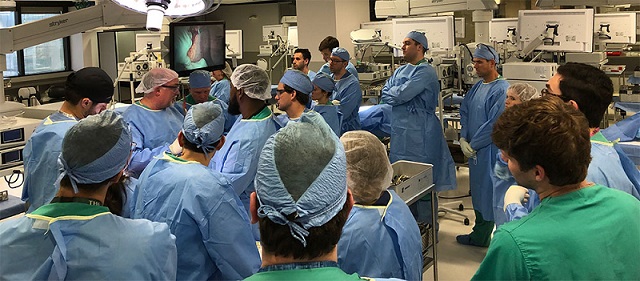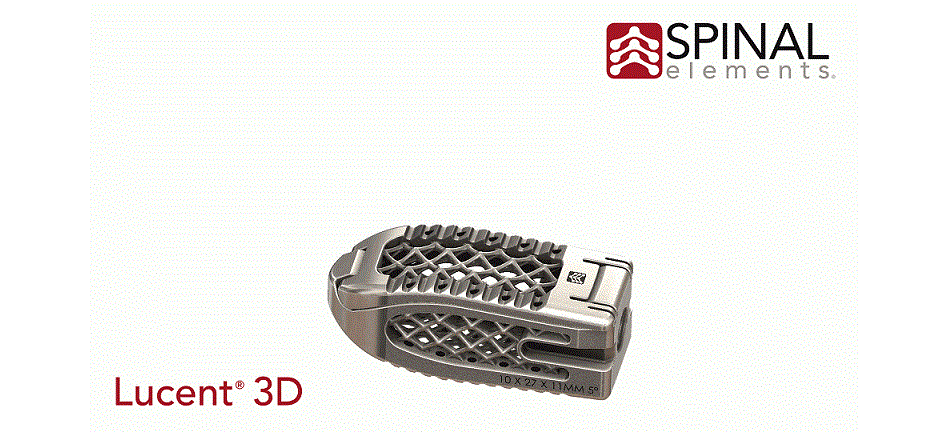Elizabeth Hofheinz, M.P.H., M.Ed.
It would be nice if orthopedic residency program directors (PDs) could make uniform comparisons when it comes to away rotations. But such homogeneity is lacking, says new multicenter research.
The work, titled, “Variability of the Orthopaedic Away Rotation: A Survey of Orthopaedic Program Directors,” appears in the March 2021 edition of JAAOS: Global Research and Reviews.
The team, from Brigham and Women’s Hospital, Tulane University School of Medicine, Brown University, and Rhode Island Hospital/Hasbro Children’s Hospital, distributed an anonymous online survey to the program directors of all 164 accredited allopathic orthopedic surgery residency programs in the U.S.
Co-author Travis Blood, M.D., a Harvard Hand and Upper Extremity Fellow at Brigham and Women’s Hospital, told OSN: “Two of the authors of the study, Dr. Mulchaey and Dr. Eberson, are program directors for Tulane University and Brown University, respectively. Both programs have many rotating medical students on a yearly basis. Seeing a variety of students raised questions about the away rotation process and the variability the exists between programs across the country.”
Away rotations growing in number, importance
“Over the last several years the number of away rotations per student have been growing,” said Dr. Blood to OSN. “As orthopedic residency continues to become more competitive students have become more reliant on away rotations. Also, with the USMLE Step 1 becoming pass/fail, these numbers with away rotations are expected to grow.”
Out of the 164 surveys distributed, 61 were completed. “There was variability regarding the number of away students that a program accepted over the course of a year, and the number of students that a program will accept at one time,” wrote the researchers. “Fifty-two of 55 program evaluated medical students immediately after their rotation. Visiting students were most commonly evaluated by the program’s residents, followed by attendings they rotated with, and 46% of PDs. Furthermore, PDs placed the most emphasis on work ethic and social interaction when evaluating students compared with surgical skills and orthopaedic knowledge. Only 38.5% of programs reported that visiting students were guaranteed an interview…”
Dr. Blood: “I think as a whole the study shows that there is significant variability with the away rotation process. There is no standardization and students get a different experience depending on the program.”
“We have no studies planned going forward, but we can use this data as a discussion block going forwards between programs across the country.”
“We need to look at the process and see how we can make this process successful for everybody involved, both students and programs. We need to understand the impacts that these rotations have on students futures while at the same time understand that the away rotations is costly and programs are responsible for making the away rotation not just an interview but also an educational opportunity.”






